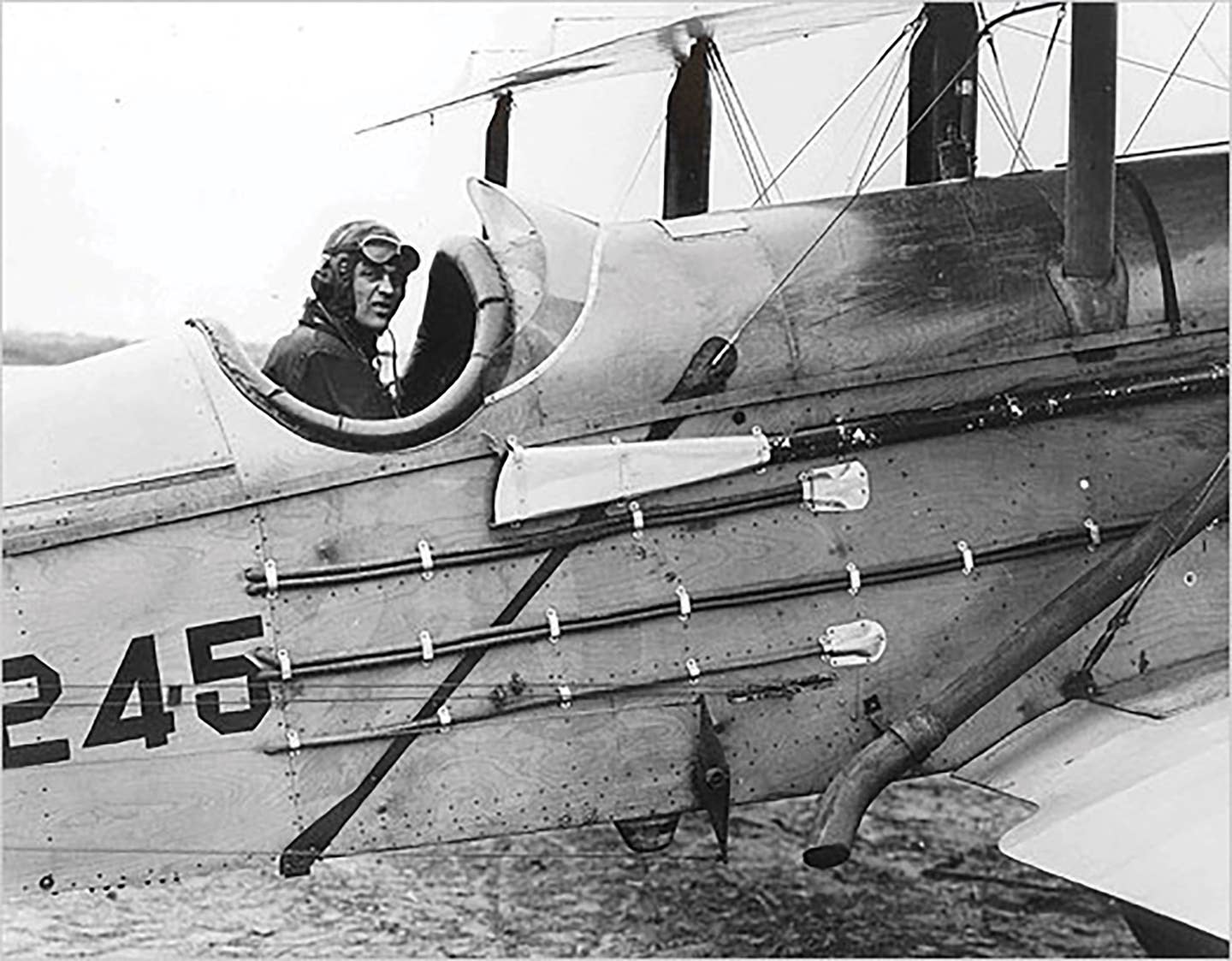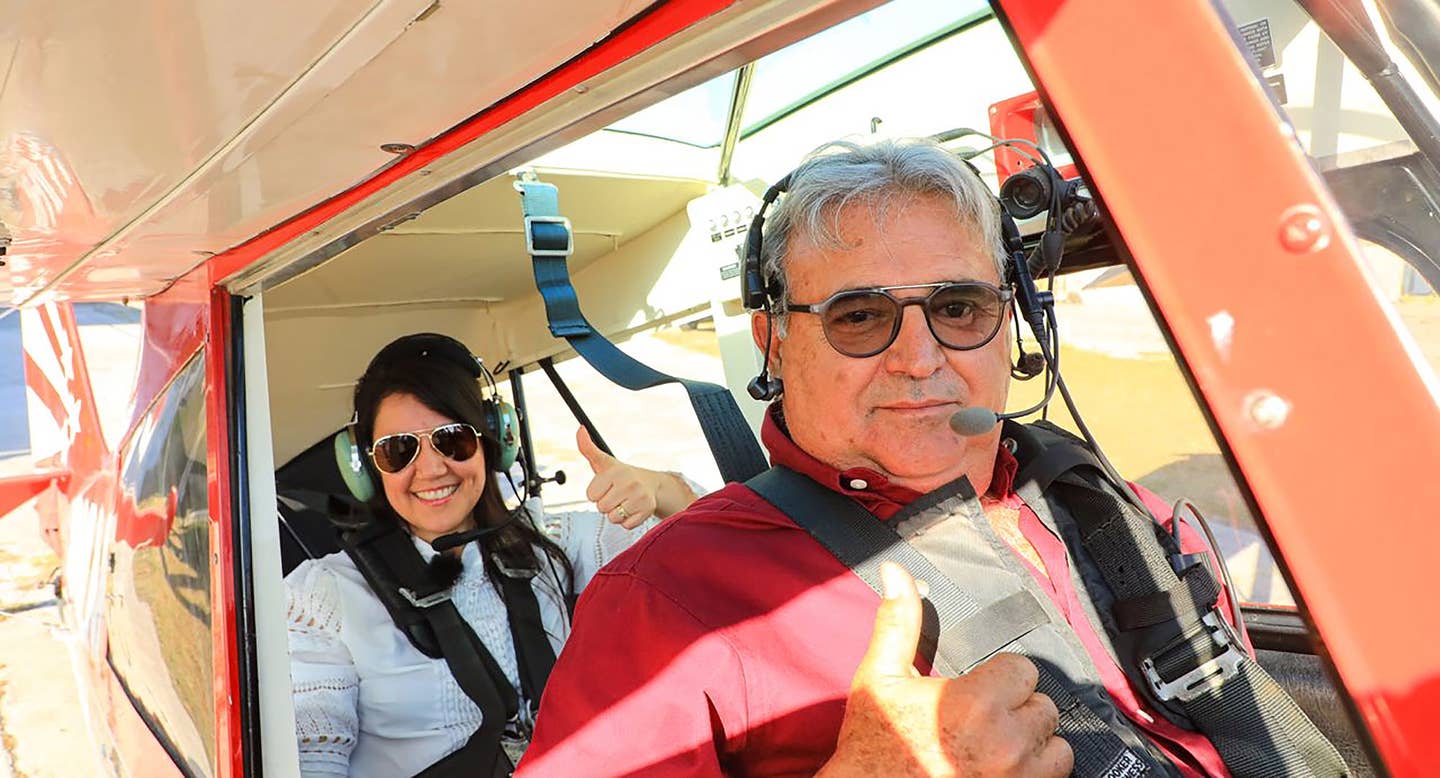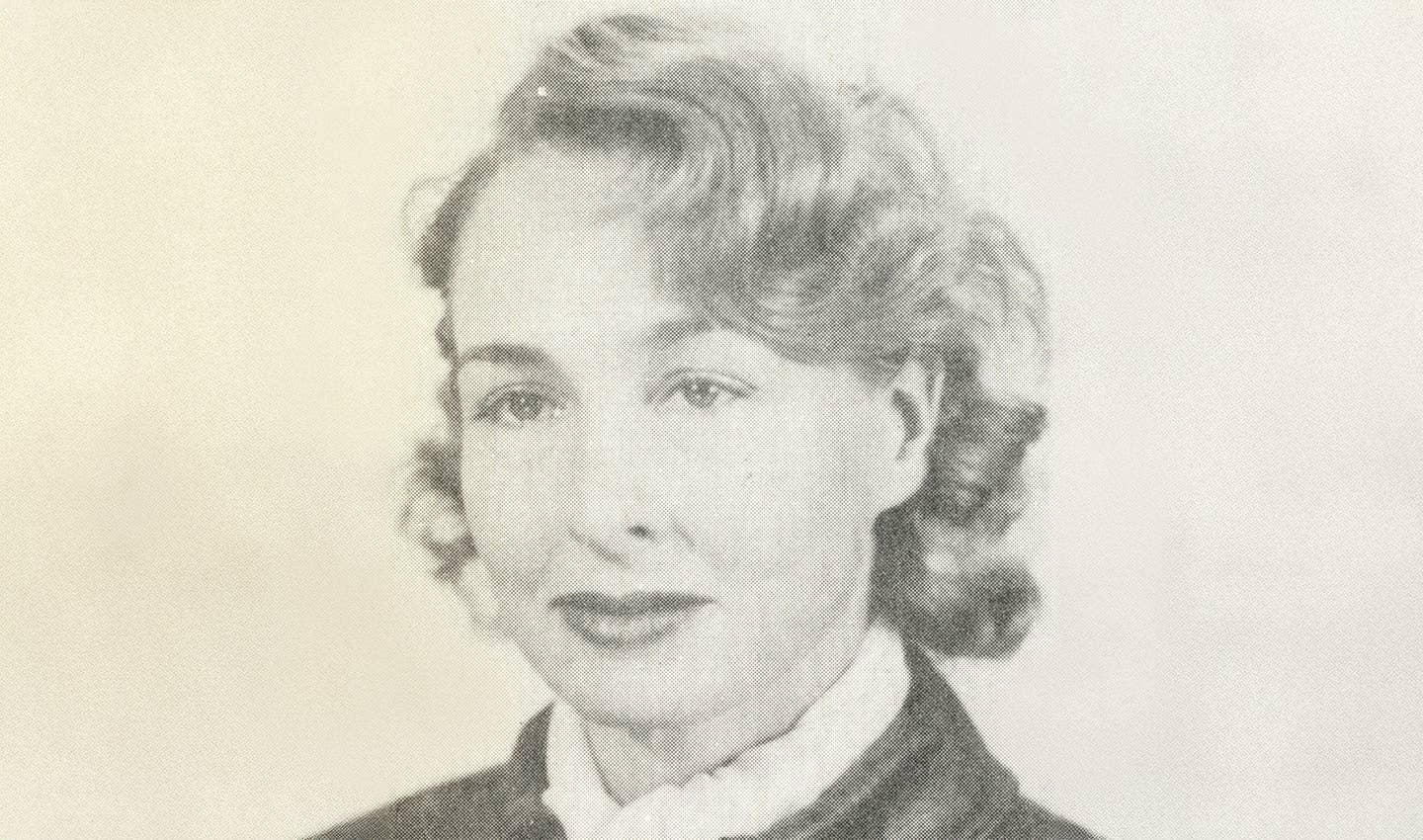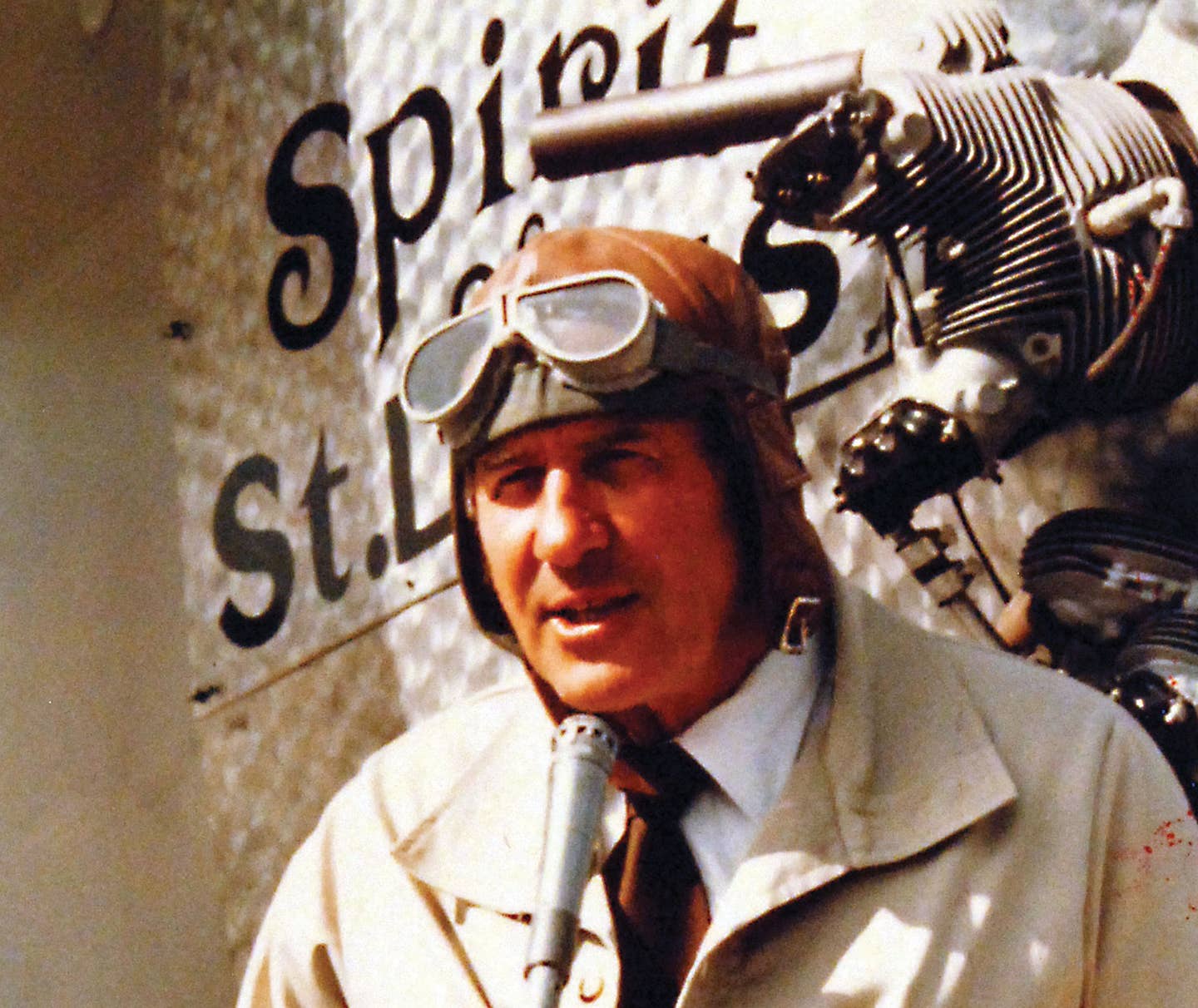Manfred von Richthofen
‘Red Baron’ went from cavalry to one of the greatest fighter pilots of all time.
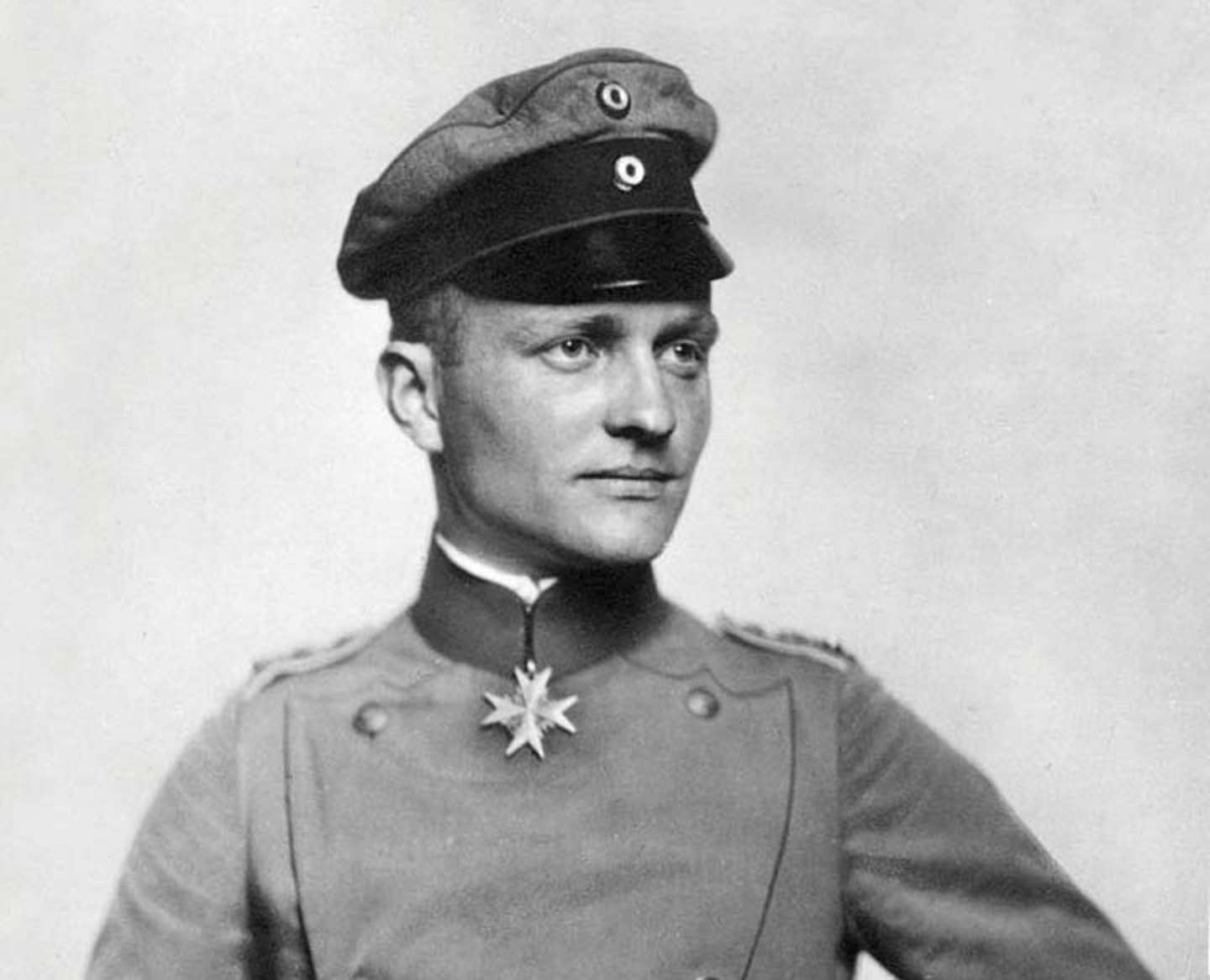
Image: Public domain
While most of us today know the “Red Baron” mainly as Snoopy’s arch nemesis in the lighthearted Peanuts world, during the days of World War I, the sight of a red triplane was sure to strike fear into any pilot’s heart. The pilots of the day knew that the red triplane would likely lead to their deaths. At the controls sat Manfred von Richthofen, an ace 16 times over with 80 confirmed kills.
Unlike most pilots covered in this column, Richthofen did not spend his early years looking to the sky. He did, however, spend most of his childhood preparing for war. Born May 2, 1892, Richthofen found himself in military school at age 11. By 18, he had joined the Uhlan Cavalry. When WWI broke out, Richthofen served as a cavalry reconnaissance officer.
But trench warfare rendered the cavalry obsolete, and Richthofen entered pilot training in 1915. His beginnings in aviation were not exactly smooth. He was initially noted to be a below-average pilot and actually crashed during his first solo. Yet he persisted, and soon became noted as a brilliant tactician. Many attribute his success to his days hunting as a child —what he lacked in flying skills, he made up for in marksmanship.
Richthofen was also a brilliant leader, so it came as no surprise that he became a squadron commander for Jasta 11. Shortly after this promotion, Richthofen chose to paint his Albatros biplane red, stating, “Absolutely everyone could not help but notice it.”
It was the combination of his civilian nobility title and his red plane that led to his now-famous moniker —Red Baron. In 1917, he began flying the Fokker Dr. I triplane. While it was the airplane Richthofen was most associated with, he only scored 19 out of his 80 kills in the plane.
It was in April 1918 that death came for the Red Baron. There is controversy surrounding who, exactly, fired the shot that would put an end to the Red Baron’s life. At the time of his death, Richthofen had been pursued by Canadian ace Arthur Roy Brown. However, many believe the fatal bullets came from Australian machine gunners on the ground.
Regardless, by the time ground-based soldiers reached Richthofen’s downed plane, he was already dead.
In testament to how widely regarded the Red Baron had become, he was buried with full military honors—and not by his fellow Germans. The Allied troops had recovered his body, and the No. 3 Royal Australian Air Force officers served as pallbearers, laying Richthofen to rest in Bertangles, France. One of the wreaths at his grave was marked with these words: “To Our Gallant and Worthy Foe.” After the war, Richthofen’s body was later reinterred with a full state funeral in Germany.
Despite serving with the Axis forces, the Red Baron was acclaimed worldwide. His numerous accolades from the German empire include the Iron Cross and the Blue Max. He was also inducted into the International Air & Space Hall of Fame, and the seat from his final flight is located in the Royal Canadian Military Institute.
An airpark in Oasis, Idaho, also bears his name, and the U.S. Air Force named its study of air-to-air encounters “Project Red Baron.” It is a fitting tribute to the man who remains arguably the most famous ace of all time.

Subscribe to Our Newsletter
Get the latest Plane & Pilot Magazine stories delivered directly to your inbox

